Home>Dining>Tableware>How To Select The Perfect Dining Room Table?
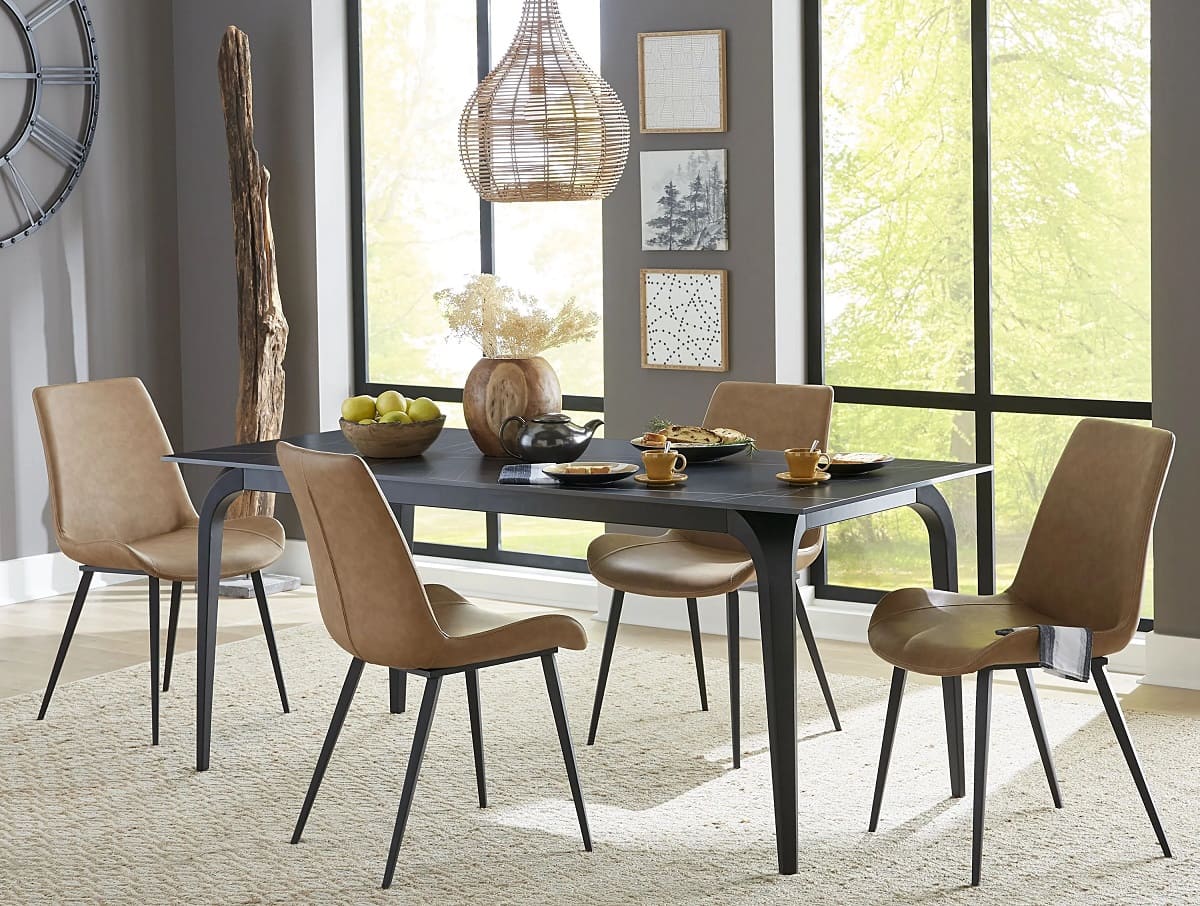

Tableware
How To Select The Perfect Dining Room Table?
Modified: December 7, 2023
Discover the secrets to selecting the perfect dining table for your home. Explore our wide range of stylish and functional tableware options that will elevate your dining experience.
(Many of the links in this article redirect to a specific reviewed product. Your purchase of these products through affiliate links helps to generate commission for Storables.com, at no extra cost. Learn more)
Introduction
Choosing the perfect dining room table is a significant decision, as it serves as the centerpiece for gatherings, meals, and memorable moments with family and friends. The right table can transform your dining space, adding both style and functionality. With so many options available, selecting the ideal table can be overwhelming. That’s why we’re here to guide you through the process and help you make an informed decision.
In this article, we’ll discuss various factors to consider when selecting the perfect dining room table. From the size and shape to the material and style, each aspect contributes to the overall aesthetic and practicality of the table. We’ll also delve into important considerations such as durability, maintenance, and comfort, as well as your lifestyle and hosting needs. By the end, you’ll have a comprehensive understanding of what to look for, enabling you to find the dining room table that fits your space, style, and budget.
Let’s dive in and discover the key factors to help you select the perfect dining room table.
Key Takeaways:
- Consider the size, shape, material, and durability of your dining room table to ensure it fits your space, style, and hosting needs. Take time to shop around and set a realistic budget for the perfect table.
- Prioritize comfort, functionality, and personal lifestyle when selecting a dining room table. Factor in seating capacity, maintenance, and customization options to create a welcoming and practical dining space.
Consider the Size of Your Dining Room
Before you start shopping for a dining room table, it’s crucial to understand the size constraints of your dining area. Measure the dimensions of the room, including the length, width, and height, to determine how much space you have to work with. This will help you avoid purchasing a table that is either too large and overwhelms the room or too small and gets lost in the space.
Consider the number of people you typically entertain or seat at your dining table. A general guideline is to allocate 24 inches of table width per person to ensure everyone has enough elbow room. However, if you have a larger dining room and frequently host large gatherings, you may want to opt for a wider table to accommodate more guests comfortably.
Think about the flow of traffic in your dining room. Allow enough space between the table and walls or other furniture to ensure easy movement around the area. This is especially important if you have a smaller dining space.
Take into account any architectural features or obstructions in the room, such as windows, doors, or columns, as these may affect the size and shape of the table you can choose. You want to ensure that the table fits comfortably and harmonizes with the overall layout of the room.
By considering the size of your dining room and the number of people you usually host, you’ll be able to select a dining room table that fits perfectly in your space, allowing for comfortable seating and effortless navigation.
Determine the Shape of the Table
The shape of the dining room table plays a significant role in the overall look and functionality of your dining space. Different shapes can create different moods and accommodate varying seating capacities. Here are a few common table shapes to consider:
- Rectangular: Rectangular tables are a classic and versatile option, providing ample space for both casual and formal dining. They work well in traditional or spacious dining rooms and can typically seat several people comfortably.
- Square: Square tables are ideal for smaller dining spaces or rooms with a modern aesthetic. They can create an intimate atmosphere and offer a more compact seating arrangement. Square tables often seat four people but can be extended with leaves for additional guests.
- Round: Round tables promote conversation and create a cozy and inclusive dining experience. They work well in smaller spaces and can accommodate varying numbers of people, depending on the diameter. For added flexibility, consider a round table with a leaf insert that can be extended when needed.
- Oval: Oval tables combine the advantages of rectangular and round tables. They provide a similar inclusive dining experience as round tables but offer more surface area for larger gatherings. Oval tables are a great option for both formal and informal dining rooms.
When choosing the shape of your dining room table, consider the style of your dining area, the number of people you typically host, and the overall aesthetic you want to achieve. Each shape offers unique advantages, so it’s important to select one that best suits your preferences and fits seamlessly into your dining room layout.
Decide on the Material and Style
The material and style of your dining room table can greatly impact its overall look and durability. Here are some popular options to consider:
- Wood: Wood is a timeless and versatile choice for dining room tables. It comes in various types, such as oak, walnut, and mahogany, each with its own unique grain pattern and color. Wood tables add warmth and character to any space and can range from rustic to contemporary in style.
- Glass: Glass tables create a sleek and modern aesthetic, making them a popular choice for contemporary dining rooms. They can visually open up the space and reflect light, giving the illusion of a larger room. However, it’s important to note that glass tables may require regular cleaning to maintain their polished appearance.
- Marble: Marble tables exude luxury and sophistication, adding a touch of elegance to any dining room. They are known for their durability and timeless beauty. However, marble can be prone to staining and requires proper maintenance to keep it looking pristine.
- Metal: Metal tables, such as those made from stainless steel or wrought iron, offer a contemporary and industrial look. They are often sturdy and easy to clean, making them suitable for high-traffic dining areas. Metal tables can be paired with different materials, such as glass or wood, for a unique and eye-catching design.
When selecting the material and style of your dining room table, consider the overall theme and decor of your space. Opt for a material that complements the existing furnishings and enhances the desired ambiance. Additionally, think about the level of maintenance you’re willing to commit to for the chosen material. Choose a style that reflects your personal taste and creates a cohesive visual appeal in your dining room.
Remember, the material and style of your dining room table should not only be visually appealing but also practical and durable for everyday use, ensuring its longevity and functionality in your home.
Assess the Table’s Durability and Maintenance
When investing in a dining room table, it’s important to consider its durability and maintenance requirements. A table that is built to last and easy to maintain will provide years of enjoyment. Here are some factors to consider:
- Quality of Construction: Look for a table that is well-constructed with sturdy materials and solid joinery. Pay attention to details such as the thickness of the tabletop and the strength of the legs. A well-built table will withstand daily use and regular wear and tear.
- Finish and Protection: Consider the type of finish applied to the table’s surface. A protective coating, such as a sealant or lacquer, can prevent stains and damage from spills and heat. It’s important to follow the recommended maintenance instructions for the specific finish to ensure its longevity.
- Cleaning and Maintenance: Evaluate the table’s cleaning requirements. Some materials, like glass or metal, may be easier to wipe clean, while others, like wood or marble, may require specific cleaning products or techniques. Consider your lifestyle and maintenance preferences when choosing a table that fits your needs.
- Resistance to Wear and Tear: Think about how well the table will hold up over time. A table that is resistant to scratches, dings, and stains will require less frequent repairs and refinishing. Consider the material and its susceptibility to damage to ensure you choose a table that will stand the test of time.
By assessing the table’s durability and maintenance requirements, you can ensure that your dining room table will be a long-lasting investment that requires minimal upkeep. It’s essential to strike a balance between functionality and aesthetics, choosing a table that can withstand everyday use while still maintaining its beauty and charm.
Read more: How Can You Select Suitable Dining Chairs?
Find the Right Height for Comfortable Dining
The height of your dining room table is an important consideration for ensuring comfortable dining experiences. A table that is too high or too low can make mealtime uncomfortable and less enjoyable. Here are some factors to consider when finding the right height:
- Standard Height: The standard height for a dining room table is around 30 inches, which allows for comfortable seating with standard dining chairs. This height works well for most individuals, providing ample legroom and allowing for easy access to the table.
- Counter Height: Counter-height tables are slightly taller, typically ranging from 34 to 36 inches. These tables are designed for casual dining and are often paired with counter-height stools. They create a more relaxed and informal atmosphere, perfect for kitchen or bar areas.
- Bar Height: Bar-height tables are even taller, usually standing at 40 to 42 inches. These tables are commonly used in home bars or entertainment areas and are paired with bar stools. They provide a pub-like ambiance and are ideal for socializing or enjoying drinks.
Consider the comfort and needs of your family or guests when choosing the height of your dining room table. Keep in mind that the height should also complement the overall style and design of your dining area. Additionally, ensure that there is enough space between the tabletop and the seat of the chairs for comfortable and unrestricted dining.
Ultimately, finding the right height for your dining room table is essential for creating an enjoyable dining experience. Take into account the purpose of the table, the type of seating you prefer, and the overall aesthetic you want to achieve when making your decision.
When selecting a dining room table, consider the size of your space, the number of people you want to seat, and the style of the table that best fits your decor. Measure your space and consider the shape and material of the table to ensure it complements your dining area.
Consider the Number of People You’ll Be Hosting
When selecting a dining room table, it’s crucial to consider the number of people you’ll be hosting on a regular basis. Whether it’s family dinners, holiday gatherings, or dinner parties with friends, having enough seating space is essential for comfortable dining. Here are some factors to keep in mind:
- Seating Capacity: Determine how many people you’ll need to accommodate at your dining table. Tables come in various sizes and shapes, offering different seating capacities. Rectangular tables typically provide the most seating options, while round tables can be more intimate. Consider the size and configuration of your table to ensure it can comfortably accommodate your intended number of guests.
- Extensions or Leaves: If you frequently host larger gatherings, consider a table that has extensions or leaves. These allow you to expand the table when needed, providing additional seating space. Extensions can be built-in or removable, depending on the design of the table.
- Comfortable Spacing: It’s important to leave enough space between each seat to ensure comfort during meals. Consider the width of each seating spot and allow for ample elbow room to prevent guests from feeling cramped. Also, think about the space required to move around the table without causing inconvenience or obstruction.
By considering the number of people you’ll be hosting, you can choose a dining room table that accommodates your needs. Remember to strike a balance between comfort and functionality, ensuring that your guests can dine in style and comfort without feeling crowded.
Take into Account Your Lifestyle and Needs
When selecting a dining room table, it’s important to consider your lifestyle and specific needs. Your dining table should not only be aesthetically pleasing but also functional and practical for your everyday life. Here are some aspects to take into account:
- Family Dynamics: Consider the size of your family and their dining habits. If you have children, a table with a durable surface that is resistant to spills and stains may be beneficial. If you often entertain guests, a table with extension leaves or a larger seating capacity may be more suitable.
- Multifunctional Space: If your dining area serves multiple purposes, such as doubling as a home office or study, consider a table that can adapt to different needs. A table with a built-in storage option, such as drawers or shelves, can help keep your space organized and efficient.
- Accessibility: If you have family members with mobility concerns, consider a table with adequate legroom and appropriate height to accommodate accessibility requirements, such as for wheelchair users. It’s important to ensure that everyone can comfortably sit and move around the table.
- Easy Maintenance: Consider your willingness to invest time and effort into maintaining and cleaning your table. Some materials and finishes may require more frequent care than others. If you prefer low-maintenance options, opt for materials that are easy to clean and resistant to wear and tear.
- Style and Personal Preferences: Ultimately, your dining room table should reflect your personal style and taste. Consider the overall decor of your space and choose a table that complements your existing furnishings. Whether you prefer a minimalist, traditional, or eclectic look, select a table that enhances the overall aesthetic of your dining area.
By taking into account your lifestyle, specific needs, and personal preferences, you can choose a dining room table that aligns with your unique requirements. Remember that finding the right table goes beyond aesthetics; it’s about finding a table that seamlessly integrates into your lifestyle and enhances your daily dining experiences.
Set a Budget for Your Dining Room Table
Before embarking on your search for the perfect dining room table, it’s important to set a realistic budget. Your budget will help you narrow down your options and ensure that you find a table that not only meets your needs but also fits within your financial constraints. Here are some tips for setting a budget:
- Evaluate Your Priorities: Determine how important the dining room table is in relation to other furnishings or home improvement projects. Consider your overall budget for home decor and allocate a reasonable portion to your dining room table.
- Sizing and Features: Understand that the size, materials, and additional features of a table can significantly affect the cost. Determine the table size and features that are essential to you and be prepared to adjust your budget accordingly.
- Quality and Longevity: It’s important to strike a balance between budget and quality. Investing in a table of good quality will ensure its durability and longevity in your home. Consider the cost of maintenance, repairs, and replacements over time when setting your budget.
- Research and Compare: Take the time to research different retailers, brands, and styles of dining room tables. Compare prices and look for sales or discounts. Be open to exploring both online and physical stores to find the best deal that matches your budget.
- Consider Secondhand Options: If your budget is tight, consider browsing through secondhand markets, vintage shops, or online platforms for pre-owned dining room tables. You may find unique pieces at affordable prices.
By setting a budget for your dining room table, you can approach your search with a clear understanding of your financial limitations. Remember that a higher price does not always guarantee better quality, and it’s possible to find a table that meets your requirements while staying within your budget. Be patient and thorough in your search to find the best value for your money.
Read more: What Is In A Dining Room?
Shop Around and Compare Options
When it comes to finding the perfect dining room table, it’s essential to shop around and compare your options. This allows you to explore different styles, materials, prices, and retailers, ensuring that you make an informed decision. Here are some steps to help you in your search:
- Visit Multiple Stores: Take the time to visit multiple furniture stores, both online and in-person. This will give you a better understanding of the available options and allow you to physically see and touch the tables. Don’t be afraid to ask questions and request fabric or material swatches to aid in your decision-making process.
- Read Reviews: Before making a purchase, read reviews from other customers who have purchased the table you’re considering. Look for feedback on the quality, durability, and customer service of the retailer or manufacturer. This will give you valuable insights into the product and help you make an informed decision.
- Compare Prices: Take the time to compare prices across different retailers to ensure you’re getting the best deal. Keep in mind that pricing can vary depending on factors such as material, brand, size, and additional features. Look for sales, discounts, or promotions that can help you get the table you want at a more affordable price.
- Consider Customization: If you have specific requirements or design preferences, consider exploring customized options. Some retailers offer the ability to customize the size, material, finish, or other features of the dining room table. This allows you to create a truly unique piece that fits your style and needs.
- Take Your Time: Finding the perfect dining room table is not a decision to be rushed. Take your time, do your research, and compare your options thoroughly. Consider all aspects, including style, functionality, quality, and price, before making a final decision.
Remember, shopping around and comparing options is crucial to ensure that you find a dining room table that ticks all the boxes for your needs and preferences. It allows you to make an informed decision, confident in the knowledge that you have explored all available options to find the best fit for your dining space.
Final Thoughts
Selecting the perfect dining room table is a significant decision that can greatly enhance your dining space. By considering factors such as the size of your dining room, the shape of the table, the material and style, durability and maintenance, seating capacity, your lifestyle and needs, and setting a budget, you can narrow down your options and find the table that meets your requirements.
Remember that finding the right dining room table is a balance between aesthetics and functionality. It should not only complement your home decor but also provide a comfortable and inviting space for meals and gatherings. Take the time to shop around, visit multiple stores, read reviews, and compare prices to ensure you make an informed decision. Customization options may also be worth exploring if you have specific design preferences.
Ultimately, the perfect dining room table is one that fits seamlessly into your dining area, reflects your personal style, and meets your practical needs. It is a place where cherished memories are made, delicious meals are shared, and meaningful conversations take place. So, take your time, consider all aspects, and enjoy the process of finding the ideal dining room table for your home.
Frequently Asked Questions about How To Select The Perfect Dining Room Table?
Was this page helpful?
At Storables.com, we guarantee accurate and reliable information. Our content, validated by Expert Board Contributors, is crafted following stringent Editorial Policies. We're committed to providing you with well-researched, expert-backed insights for all your informational needs.
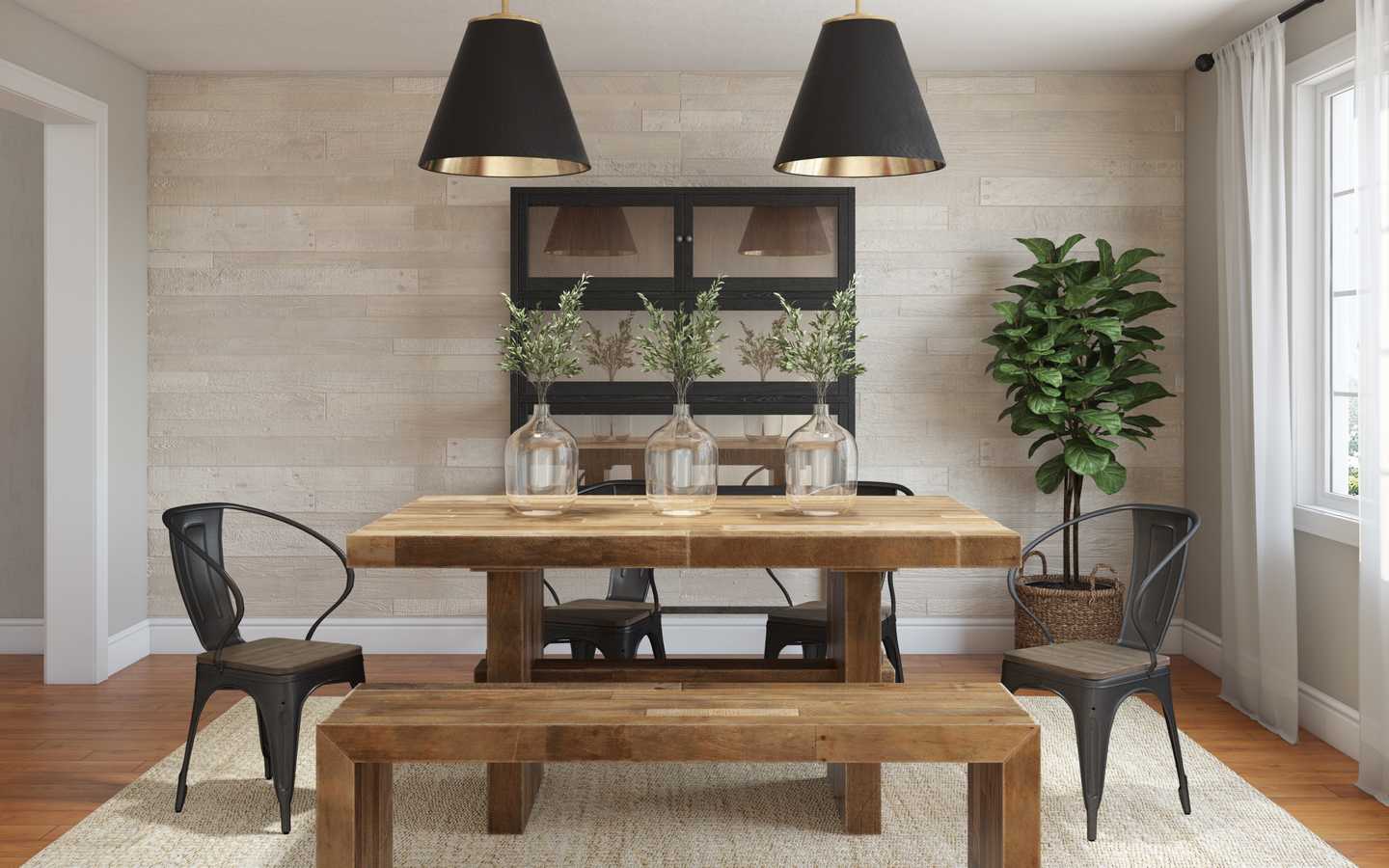
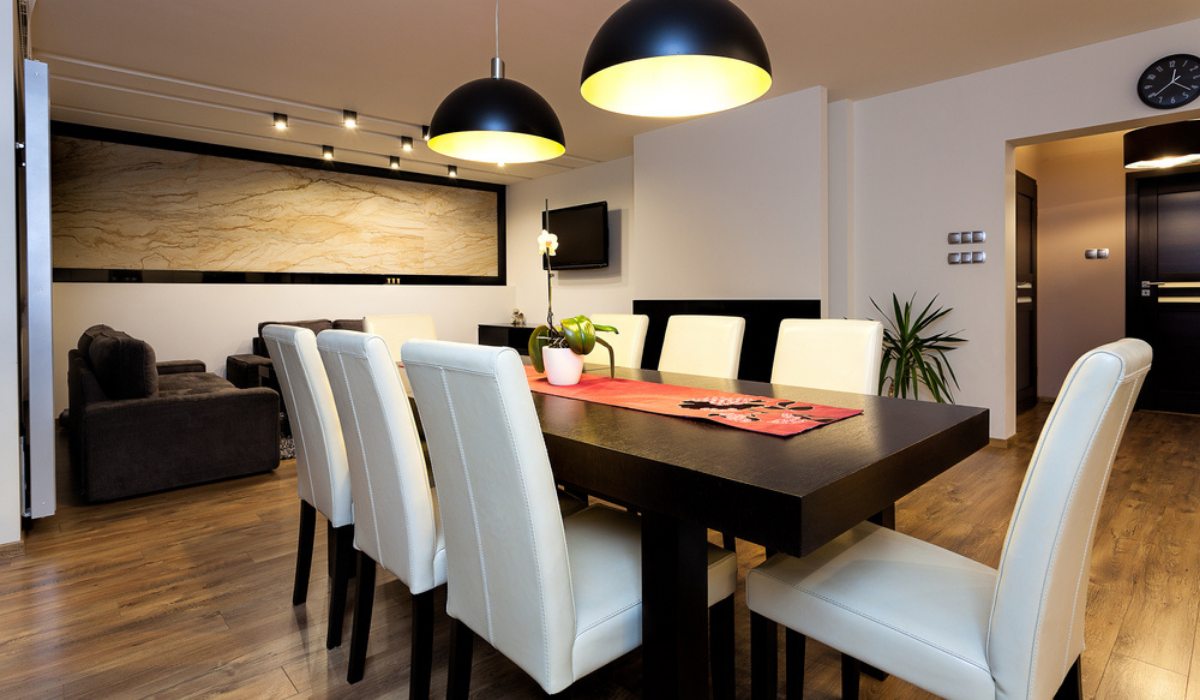
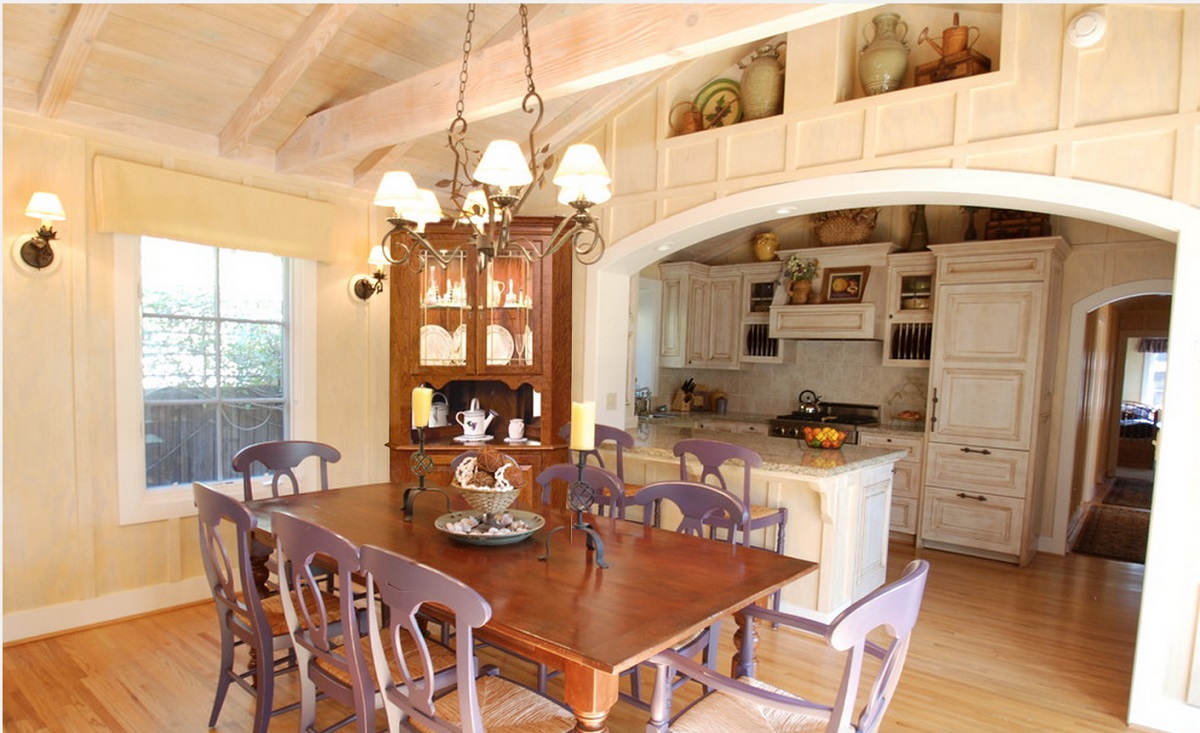
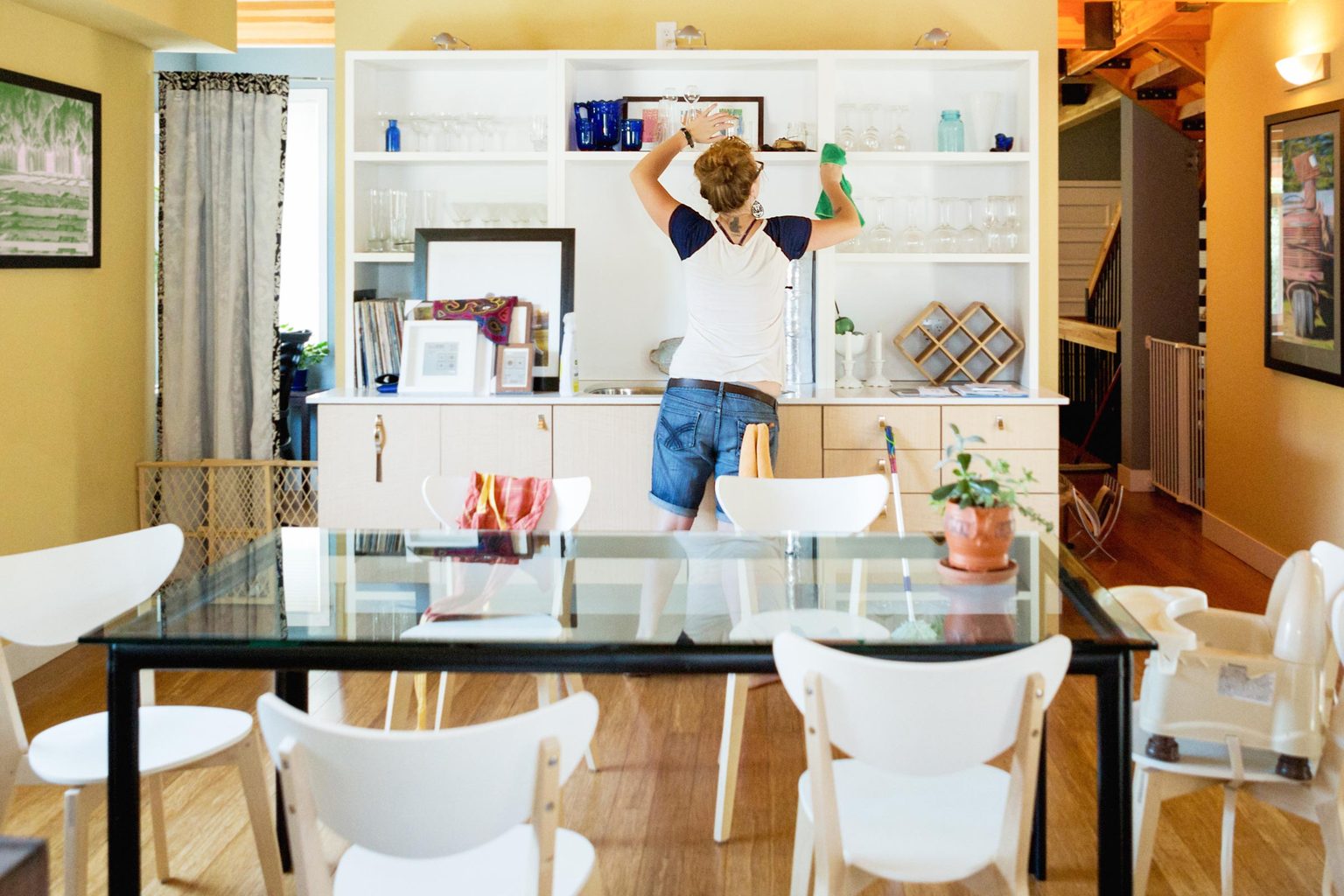
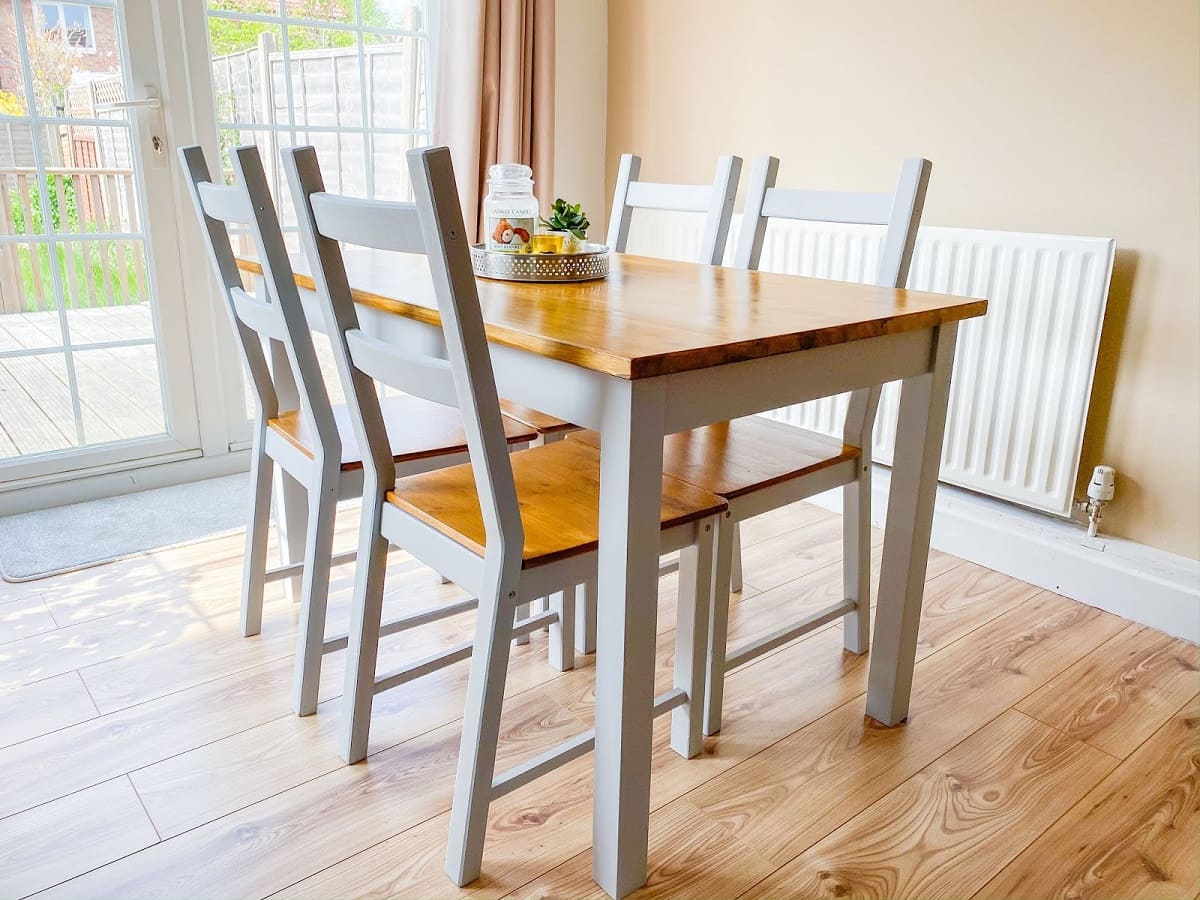
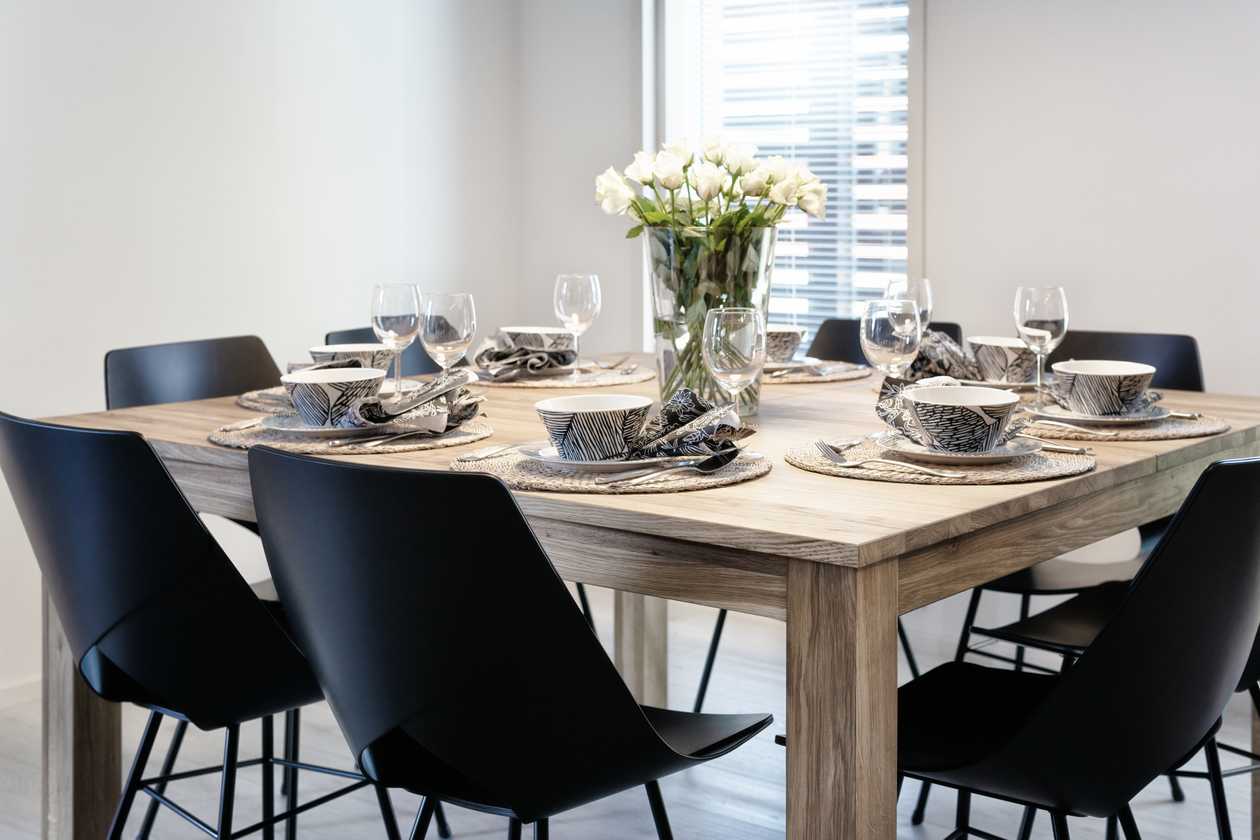
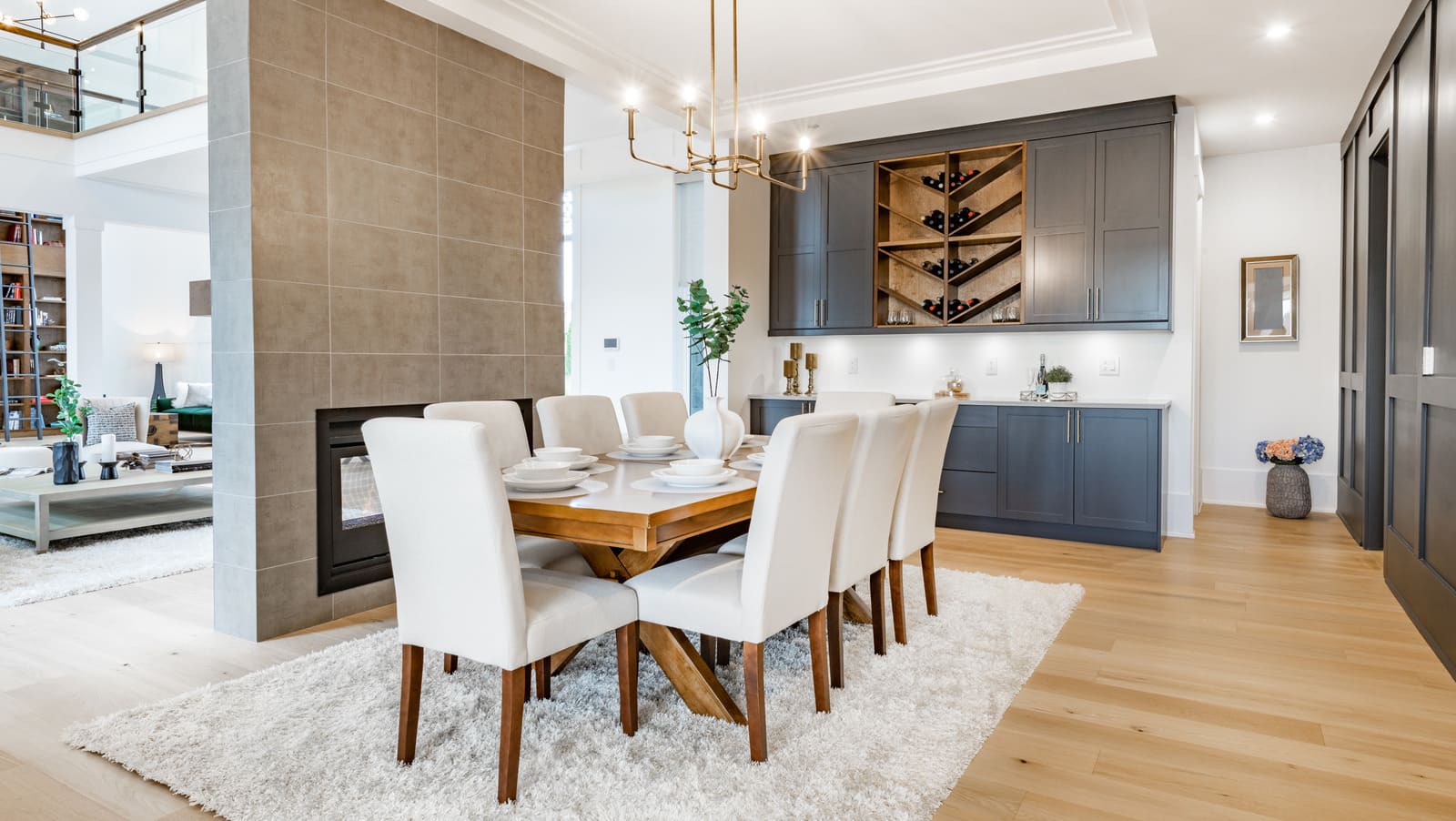
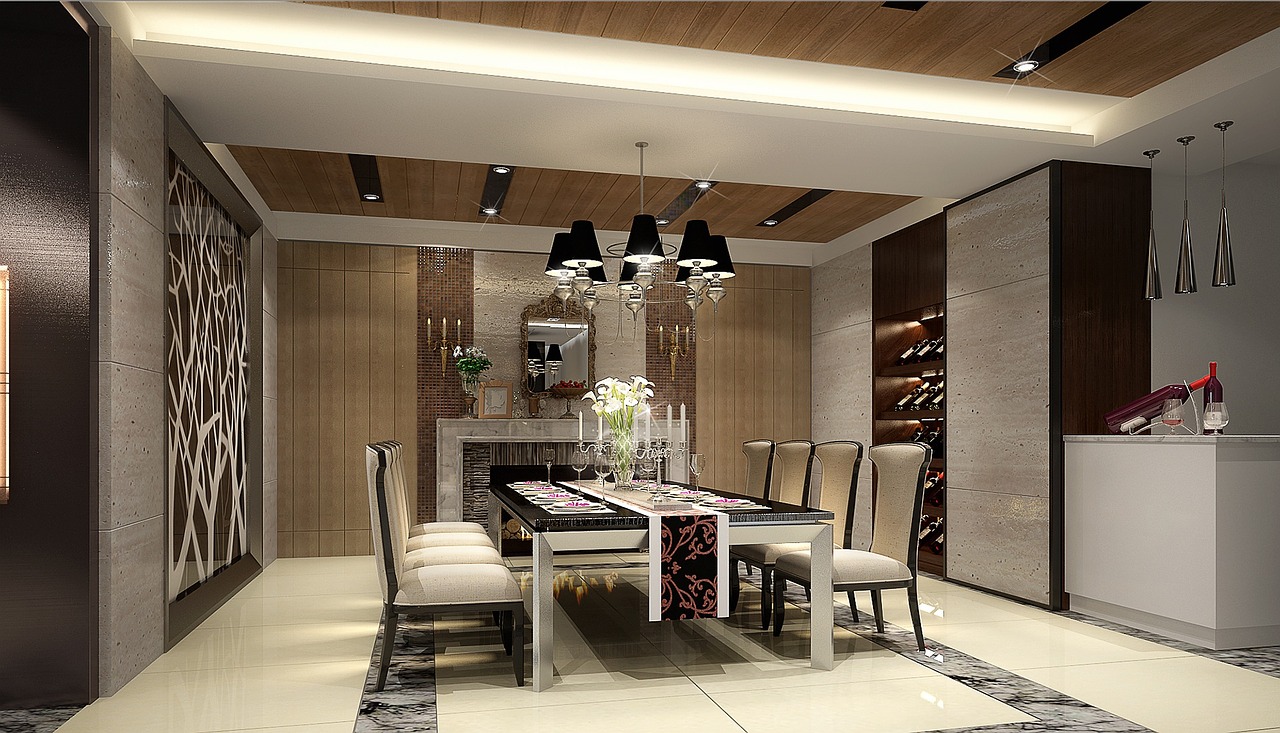
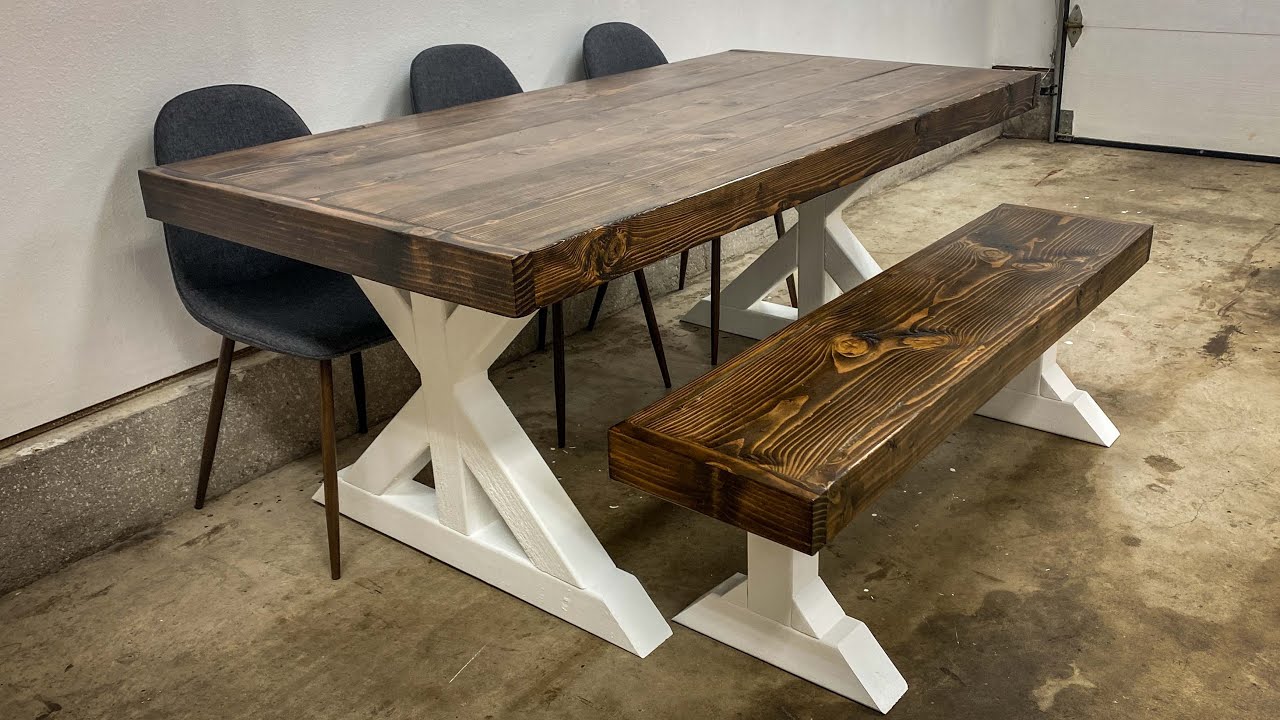
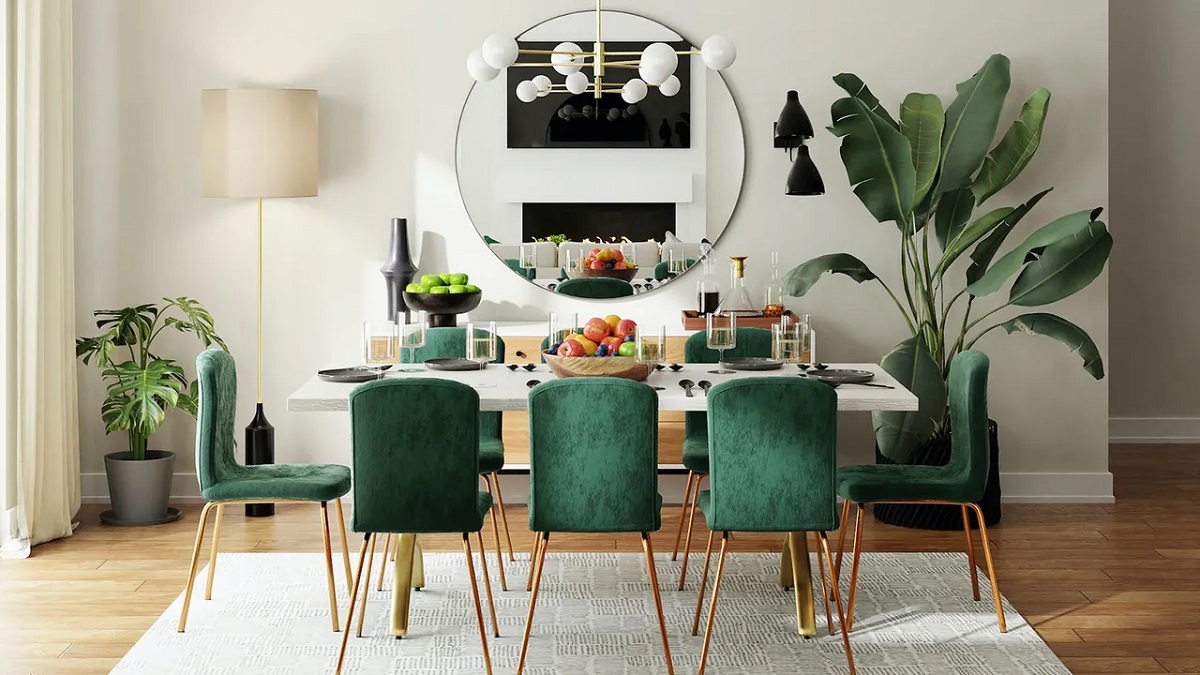
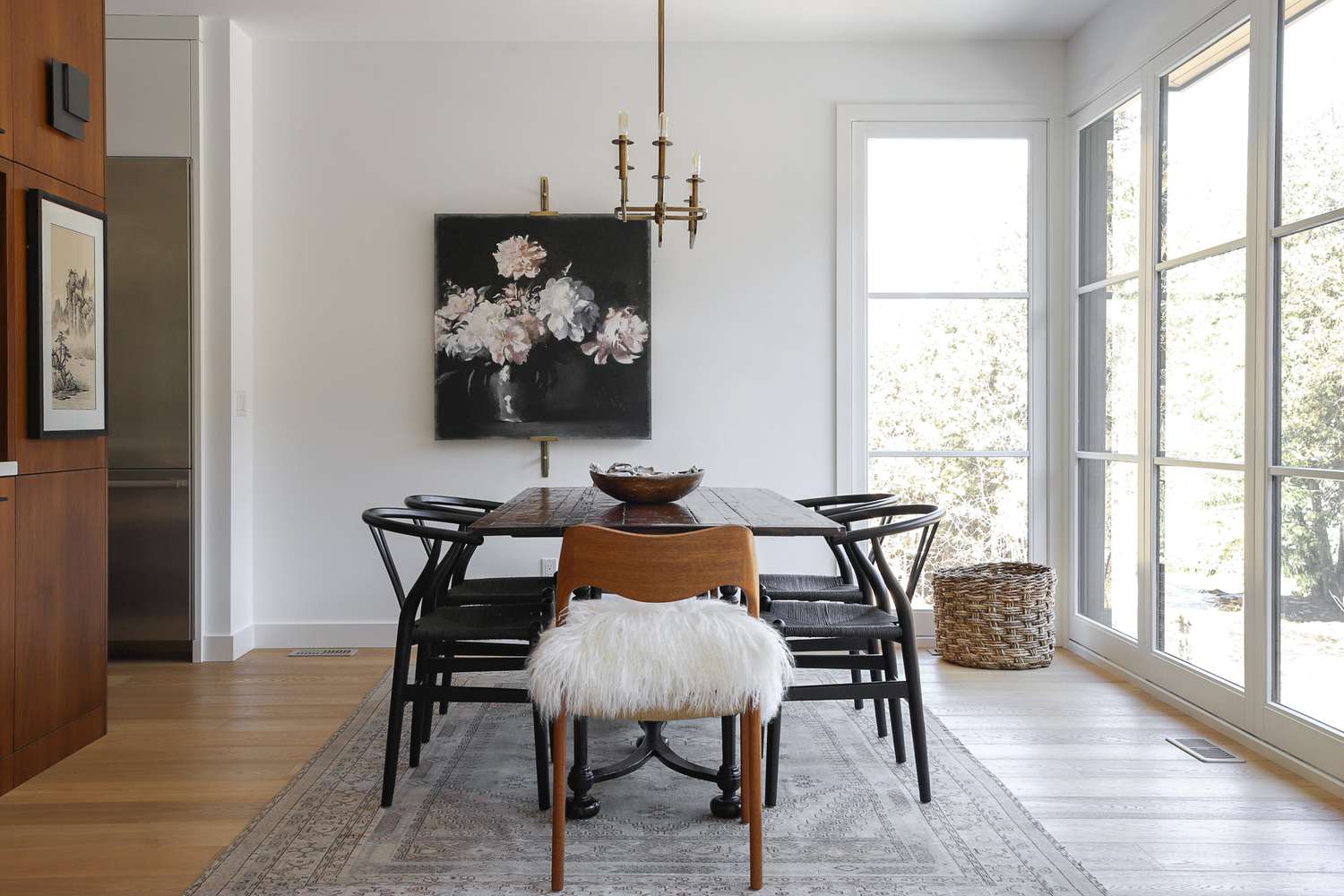
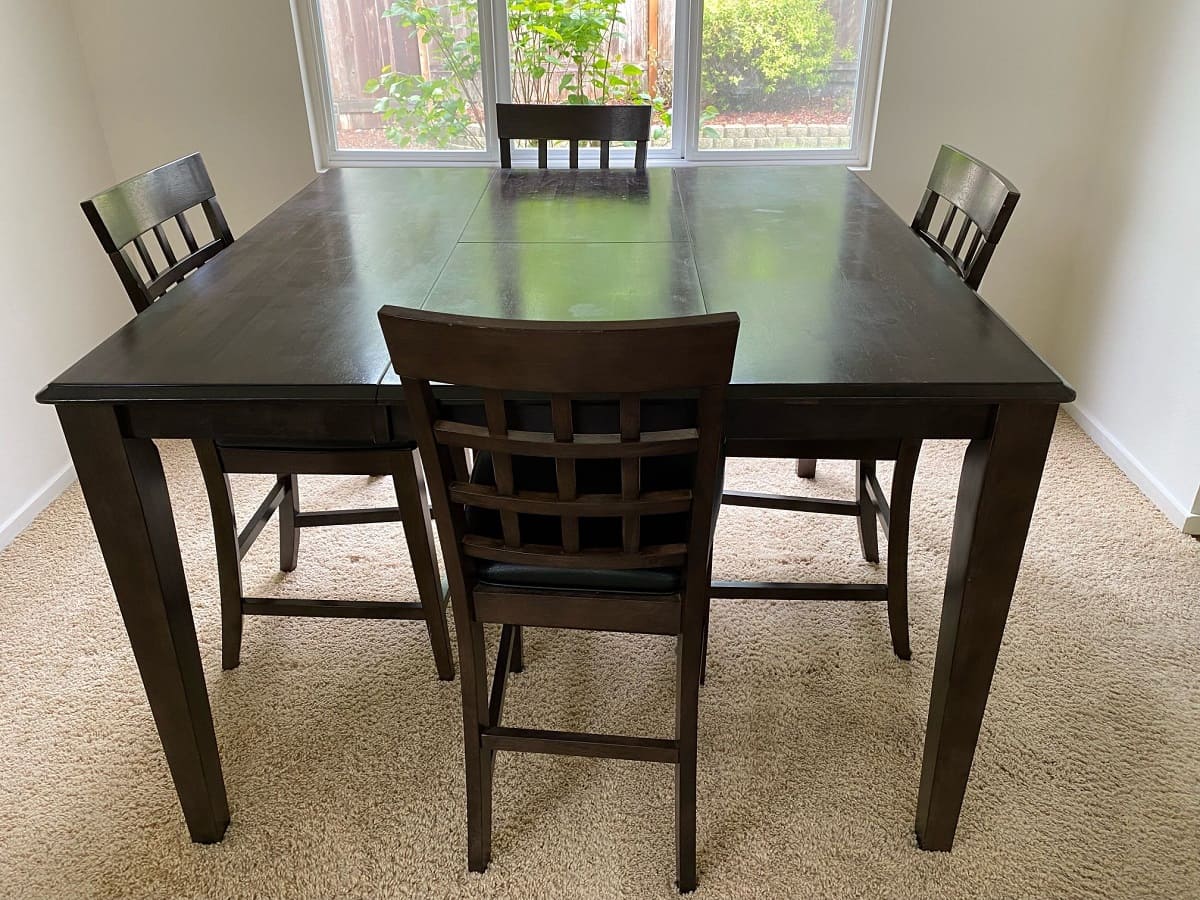
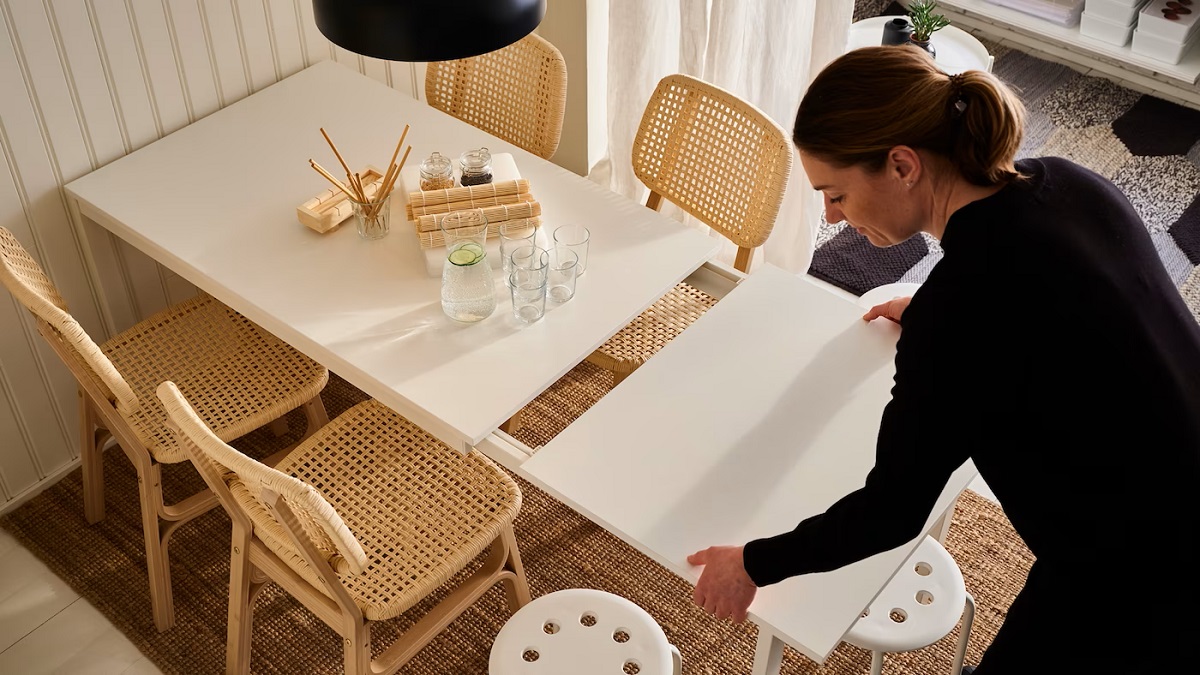

0 thoughts on “How To Select The Perfect Dining Room Table?”